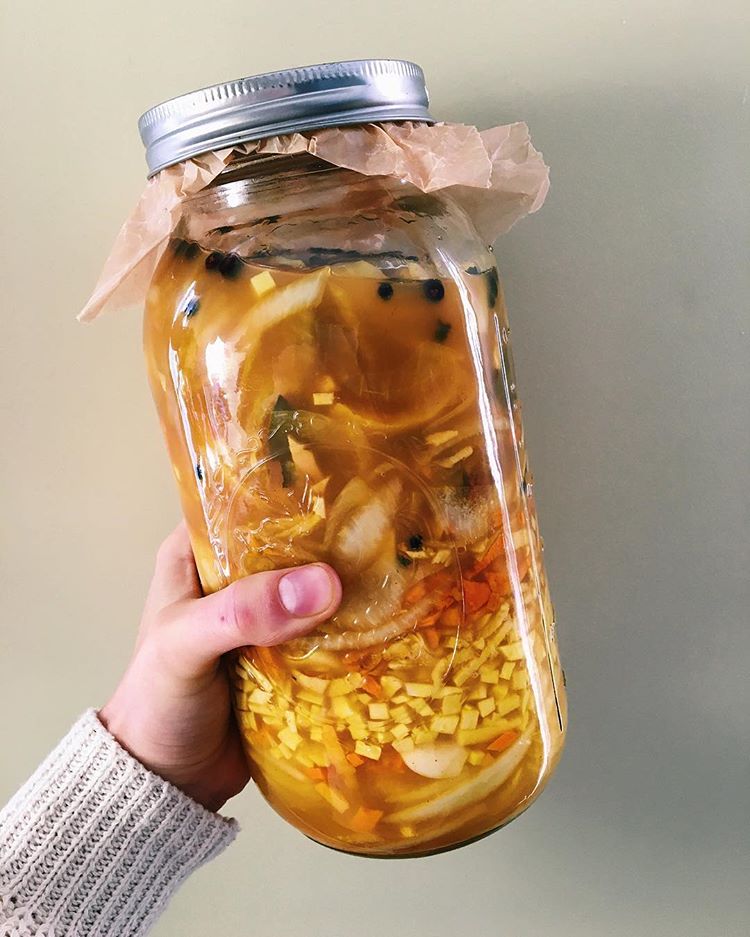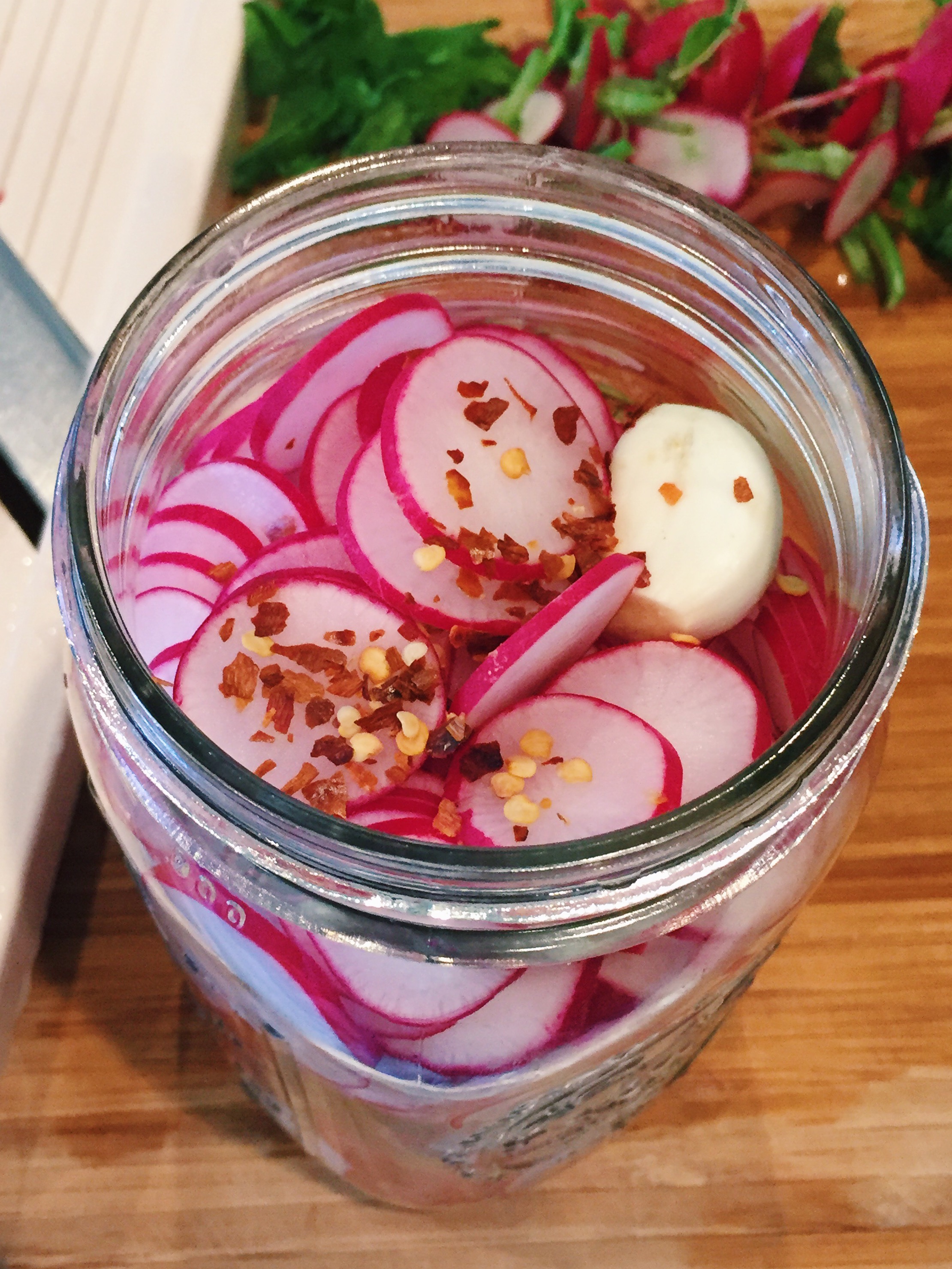Cozy Coconut Curry with Tofu, Squash, Kale, and Quinoa
In the depths of winter, there’s nothing like a cozy curry to warm your belly and satisfy your soul. This recipe will heat you up with flavor while providing all the nutrients to support your body. There’s tofu and quinoa for protein, coconut milk for nourishing fats, squash for complex carbohydrates, and kale for all its phytochemical, vitamin, and fiber goodness. And all of this is served up in one bowl!
I make variations of this meal all year round, using the same coconut curry as a base for salmon, chicken, and seafood curries. Once you’ve got the curry mastered, experiment with different vegetables or proteins. You could even double the curry recipe and freeze half for another week - your future self will thank you.
Cozy Coconut Curry with Tofu, Pumpkin, Kale, and Quinoa
Makes 4 Servings
Tofu
1 (16 ounce) block firm tofu, drained and pressed under a weight for 20 minutes to remove excess water)
2 tablespoons olive oil
¼ teaspoon salt
Coconut Curry
2 tablespoons coconut oil or ghee
1 red onion, halved and cut into 1¼-inch thick slices
1 tablespoon minced ginger
3 cloves garlic, minced
Small handful curry leaves (optional, but recommended)
1 teaspoon turmeric
2 teaspoons cumin powder
1 tablespoon ground coriander powder
1/8 teaspoon cayenne pepper, or to taste
2 medium tomatoes, cored and roughly chopped
1 cup vegetable broth or water
½ teaspoon salt
1 (14 ounce) can full fat coconut milk
1 bunch curly green kale, destemmed and cut into bite-size pieces
3 cups peeled, deseeded, and chopped squash (kabocha, butternut squash, acorn, or another fleshy squash)
½ cup broth or water
2 cups cooked quinoa
1 tablespoon lime juice
Preheat oven to 400F.
Cut tofu into 1-inch cubes. Place in a medium bowl and toss with safflower oil and salt. Spread onto a parchment-lined baking sheet and bake 30-40 minutes, until tofu has firmed around the edges.
Meanwhile, make the coconut curry. In large pot, sauté pan, heat the coconut oil. Add the onion and sauté until softened, about 5 minutes. Add ginger, garlic, and curry leaves and cook another 30 seconds. Add turmeric, cumin, coriander, cayenne, and cook another 30 seconds. Add the tomatoes, broth, and salt and cook 2 minutes, scraping the stuck pieces from the bottom of the pan. Transfer this mixture, along with the coconut milk, to a high-speed blender and blend until smooth and creamy. Rinse pot and set aside.
Add squash, kale, and broth to the rinsed pot. Cover with lid and steam over medium heat until tender, about 5 minutes. Return the curry to the pot and add the quinoa and lime juice. Simmer a few minutes, allowing the flavors to alchemize. Taste and adjust salt and lime as needed.

































